The Rise of Bare Knuckle Boxing: What You Need to Know
Bare knuckle boxing is a full-contact combat sport that is similar to regular boxing, except without the gloves. This means no gloves or hand wraps are used in the bare knuckle, making it much more brutal.
Although this sport is not for the faint of heart, it has its own dedicated fanbase. In this post, we will go into detail about what this unique sport is about, including its history and how bare-knuckle fighting is regaining popularity. Join us as we discover Bare Knuckle Boxing!
What is Bare Knuckle Boxing?
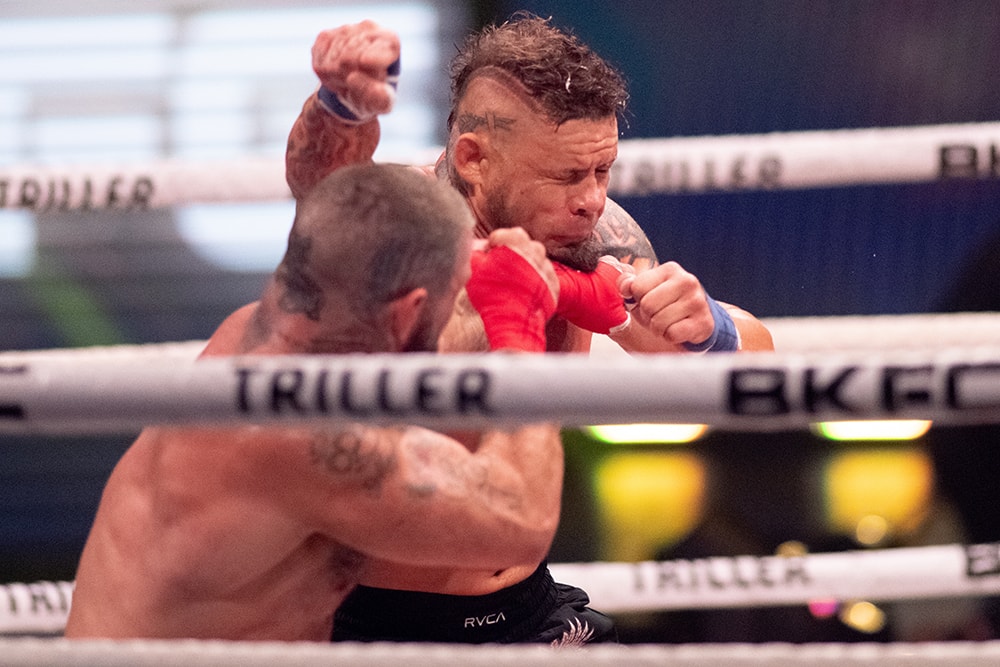
Bare knuckle fighting is a full-contact combat sport that strips boxing down to its rawest form. This intense sport involves fighters using their bare fists to knock out their opponents, with no gloves or hand wraps to cushion the blows. This results in a more visceral and brutal spectacle, where every punch can lead to cuts, bruises, broken bones, and devastating knockouts. Fighters even break their hands on their opponents faces and keep fighting through to the end of the bout.
The sport has seen a significant resurgence in recent years, largely due to the establishment of the Bare Knuckle Fighting Championship (BKFC). The BKFC is the first promotion to hold a legal, sanctioned, and regulated bare knuckle event in the United States since 1889. This organization has brought bare-knuckle fighting into the modern era, providing a platform for fighters to showcase their skills in a regulated environment.
History and Evolution

Bare knuckle boxing has its roots in 17th-century England and was a popular sport in the 18th and 19th centuries. The sport was first documented in 1681 when a British newspaper called the Protestant Mercury reported in 1681: “Yesterday a match of boxing was performed before his Grace the Duke of Albemarle, between the Duke’s footman and a butcher.” It was the earliest newspaper mention of a boxing contest in England, according to the boxing chronicle Pugilistica.
James Figg became the first English bare-knuckle champion in 1719 and remained champion until his retirement in 1730. Despite boxing being illegal at the time, it still grew in popularity, and James Figg became known as the “champion of England” in 1719. He retained the title for over 15 years and became and was once the face of boxing in Britain.
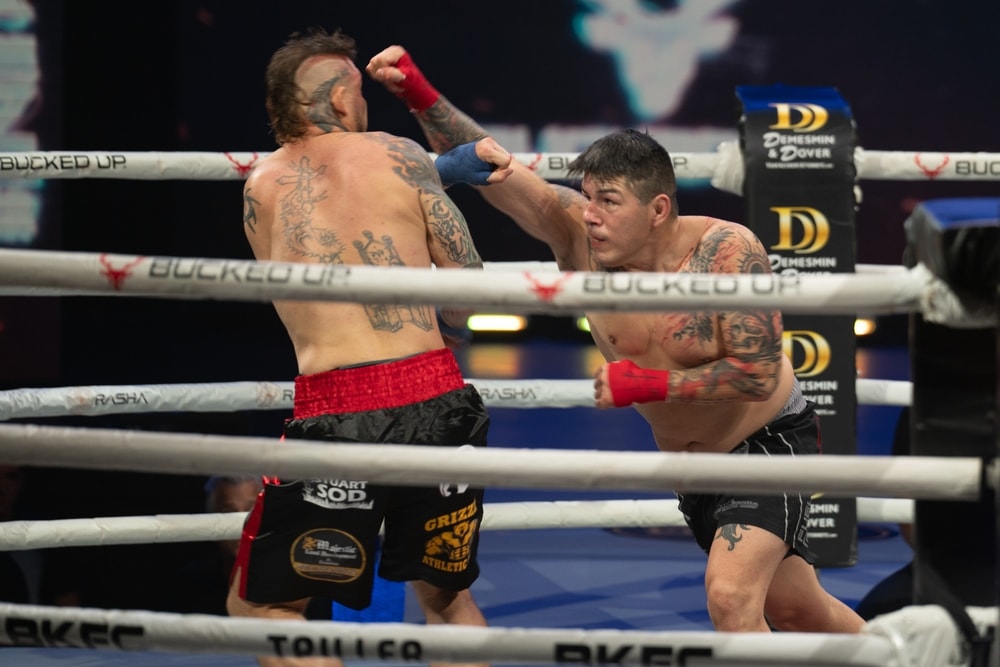
James Figg later coached fighters, and the first steps toward boxing’s acknowledgment as a real sport came as a real sport were made by one of Figg’s students. Although this wasn’t just any student, his name was Jack Broughton, a man known for becoming one of the greatest bare-knuckle prizefighters of all time. Broughton assembled a set of boxing rules, which were mostly used up until 1743. Rumor has it that Broughton sought such rules following the death of one of his opponents from injuries sustained in a bare knuckle fight.
Broughton’s rules were later superseded by the more precise London Prize Ring regulations in 1838. The London Prize Ring Rules provided the foundation for bare knuckle boxing for much of the 18th and 19th centuries. But Broughton’s and James Figgs pioneering did not go unnoticed as they became known as the originators of boxing.
The sport was banned in the United States in the late 19th century but has since been legalized in some states. This was because modern bare knuckle boxing has often been contested in the streets or in underground promotions. However, there are various fight organizations that have evolved bare knuckle from their traditional roots and now include various rule sets in the sport.
Modern Bare Knuckle Boxing Scene (BKFC)
Modern bare knuckle boxing is thriving, with various promotions and events taking place around the world. One of the leading promotions is Bare Knuckle Fighting Championship, or BKFC, an organization dedicated to televising the best fights.
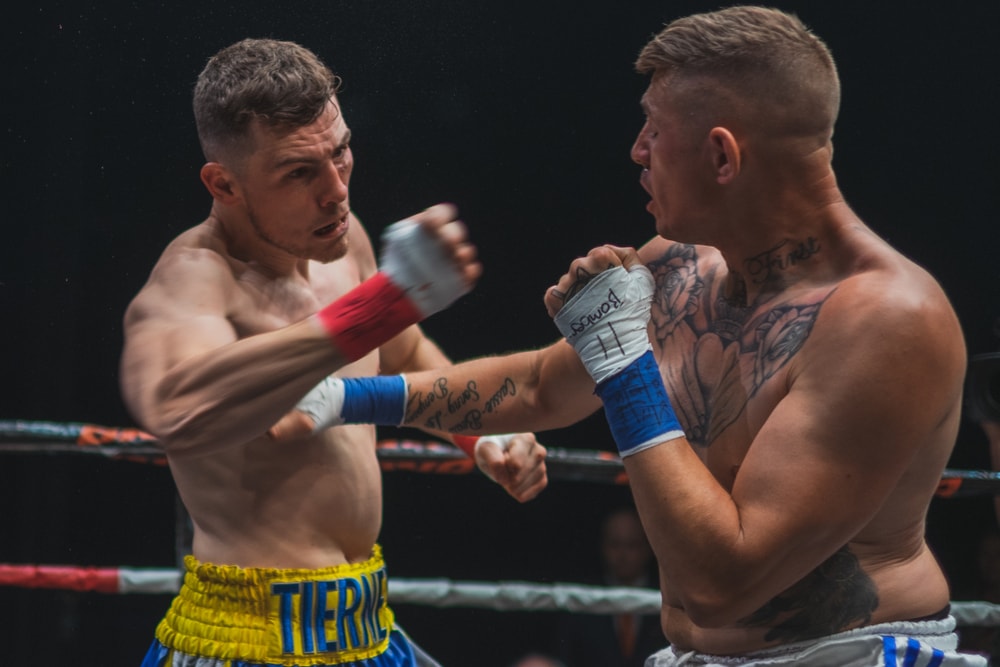
BKFC has signed top fighters like Mike Perry, Paige VanZant, and Michael Venom Page. Many of these are MMA fighters who are crossing over into boxing, as MMA fighters use small gloves; bare knuckles suit them well.
Bare knuckle boxing events are now being held in the United States, the UK, and other countries. The sport is gaining popularity globally, with a growing fan base and increasing media coverage.
Milestones like Conor McGregor as co-owner of BKFC have made the organization even more popular. MMA stars fighting each other like Mike Perry vs. Michael Venom Page (MVP) has also brought a lot of MMA fans to watch BKFC. The organization is known for giving the fans what they want to see, and they are not afraid to break the boundaries of what is expected.
Rules and Regulations
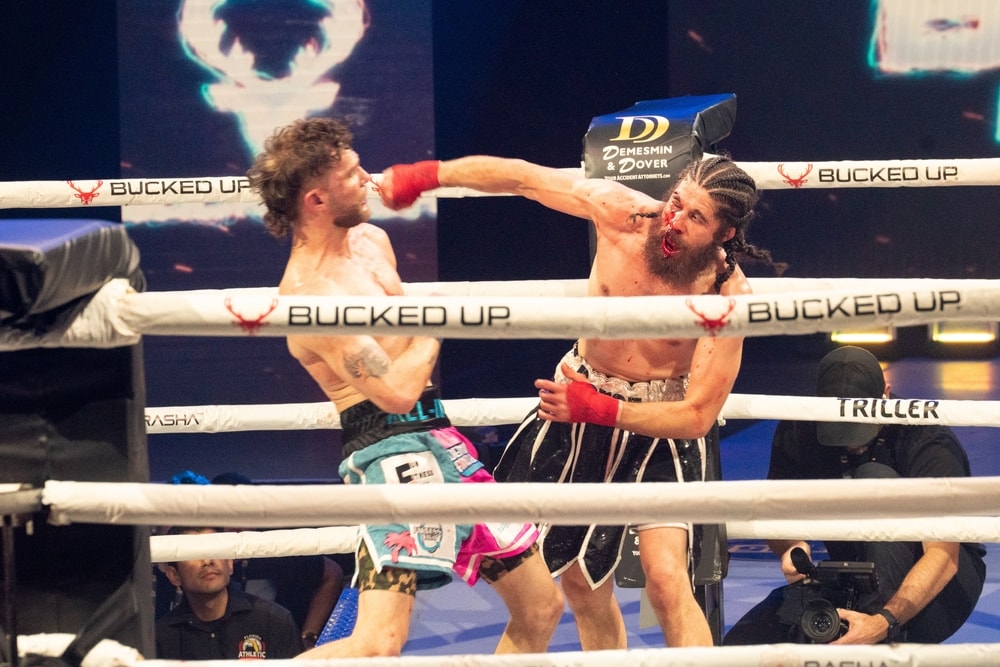
Bare knuckle fighting has its own set of rules and regulations, which vary depending on the promotion and jurisdiction. Fighters are usually permitted to wrap and tape their wrists, thumbs, and mid-hands, but not within 1 inch of the knuckles. Fighters will “toe the line” and start each round with their front foot on one of the two lines marked in the center of the ring, which are set three feet apart.
Punches are the only strike allowed and must be with a closed fist. Fighters who are knocked down have 10 seconds to return to their feet, or the referee will stop the fight.
These are the most popular rules that most Bare Knuckle fighting organizations follow. Of course these rules will vary depending on the promotions, but generally the ruleset will be similar to the rules above.
Safety Concerns in Bare Knuckle Fighting
Safety is a big concern in bare-knuckle fighting, given the sport’s inherently brutal nature. Fighters undergo rigorous training to prepare for the physical demands and to minimize the risk of serious injury. While the sport allows minimal protective gear, typically just a mouthguard and a groin protector, fighters are trained extensively in defensive techniques to protect themselves from the bare knuckle punches.
Bare Knuckle Fighting Championship (BKFC) has implemented strict safety protocols to ensure the well-being of its fighters. Each event features a ringside physician and a referee trained to stop the fight if a fighter is in danger. Additionally, fighters must undergo regular medical check-ups and disclose any pre-existing medical conditions before stepping into the ring. These measures help create a safer environment for fighters, allowing them to focus on their performance and the thrill of the fight.
Bare Knuckle Boxing vs. Traditional Boxing
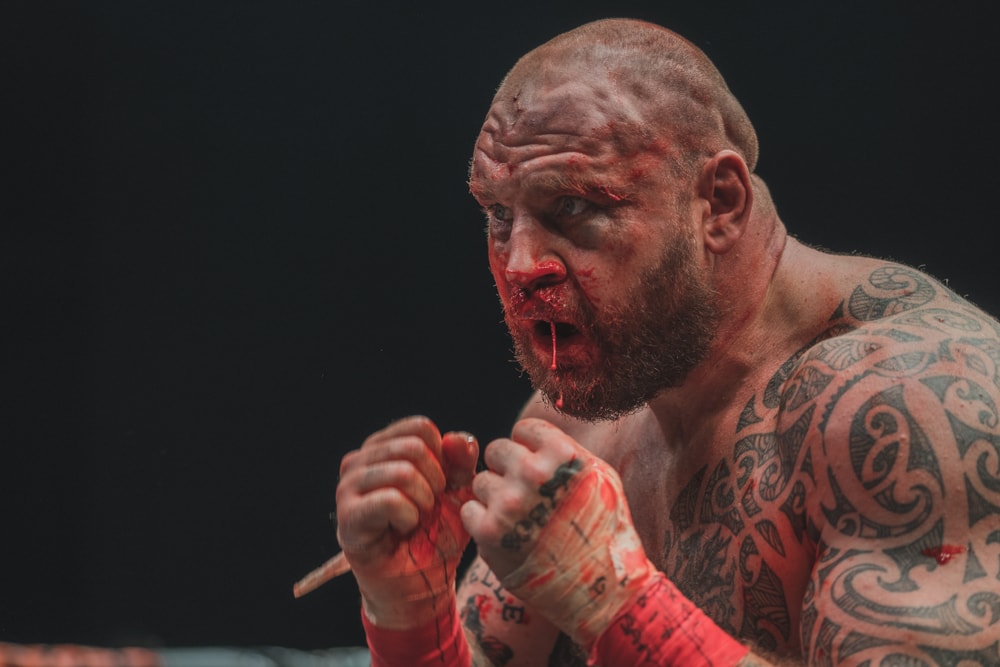
Bare knuckle boxing is slightly different from traditional boxing, with its own set of rules and regulations. It requires fighters to enduremore damage as bare-knuckle boxers cut more easily than regular boxers.
The lack of gloves in bare-knuckle boxing makes it more brutal than regular boxing. However, bare knuckle boxing also requires a high level of skill and strategy, but generally the skill level is not as high as professional boxing. Bare knuckle boxers usually train for events that are not considered well paid, and some fighters even do it as a hobby. Although organizations like BKFC have changed this in recent years, there are still many smaller promotions that do not pay so well and have underskilled fighters.
Professional boxing is a sport that is well recognized with higher stakes, and the athletes usually train, eat, and sleep meticulously. This means they are usually more technical than bare-knuckle boxers, and their endurance is often a bit better too. Bare Knuckle Fighting Championship is beginning to change this gap in skill, as more advanced boxers are starting to fight in bare knuckle, so we might see some bare knuckle boxers become just as technically skilled as regular boxers in the next few years.
Of course none of this is final until bare-knuckle fighters begin competing with regular boxers in cross-competition fights. Right now the two are different sports targeting different audiences, however, both have similar techniques, and it would be interesting to see cross-competition events in the future.
Notable Fighters in BKFC
The BKFC has signed top fighters like Mike Perry, Paige VanZant, and Michael Venom Page (MVP). Some of the best champions are David Mundell, Jared Warren, Mike Perry, and John Dodson. These fighters have gained popularity and recognition in the sport, bringing attention to the already growing roster of BKFC.
The promotion is attracting top talent in the combat sports industry and is constantly looking to pick up new talent that looks promising for bare knuckle fighting.
The Future of Bare Knuckle Boxing
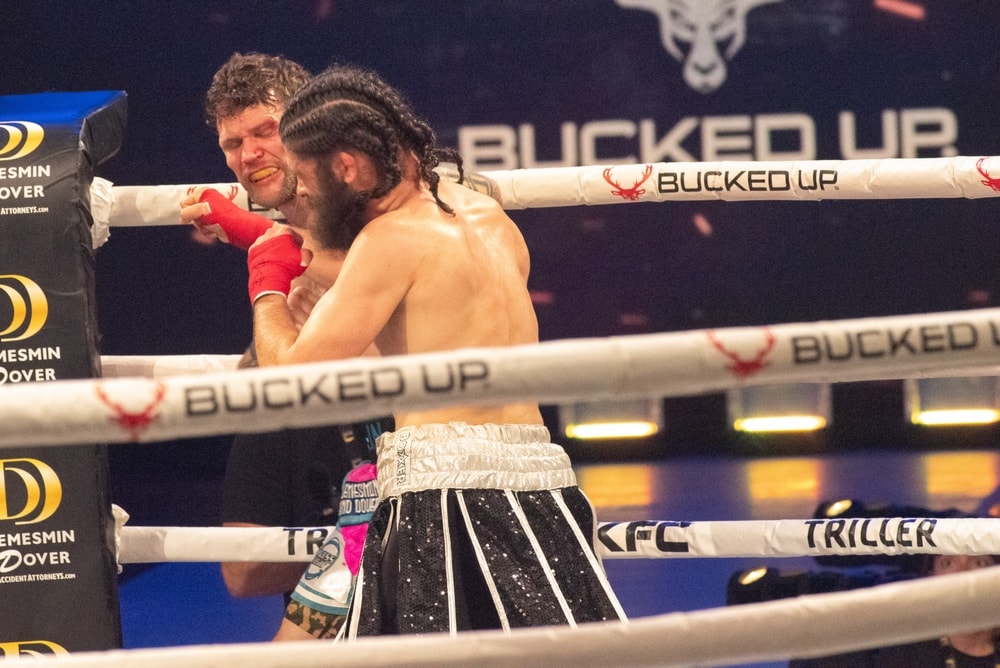
The future of bare knuckle boxing looks incredibly promising, with the sport gaining traction and recognition on a global scale. The Bare Knuckle Fighting Championship (BKFC) has established itself as a major player in the combat sports industry, attracting a growing roster of fighters and organizing a series of high-profile upcoming events.
As the sport continues to evolve, we can expect to see new rules and regulations implemented to enhance fighter safety and promote fair competition. The BKFC’s success has paved the way for more fighters and promoters to enter the scene, further expanding the sport’s reach and popularity. With its raw intensity and physical demands, bare knuckle boxing is set to remain a thrilling and captivating spectacle for fans around the world. The sport’s unique blend of historical tradition and modern innovation ensures that it will continue to grow and thrive in the years to come.
Conclusion
Bare knuckle boxing is a thrilling and physically demanding sport that requires skill, strength, and endurance. The sport has a rich history and has evolved over time to become the regulated and organized sport it is today.
With its growing popularity and increasing media coverage, bare-knuckle boxing is set to become one of the most enticing combat sports. Bare knuckle has elevated itself far beyond backyard brawls and street fights to a refined and highly competitive sport. It will be exciting to see what bare knuckle boxing has to offer in the coming years.









